Source: SBP official website
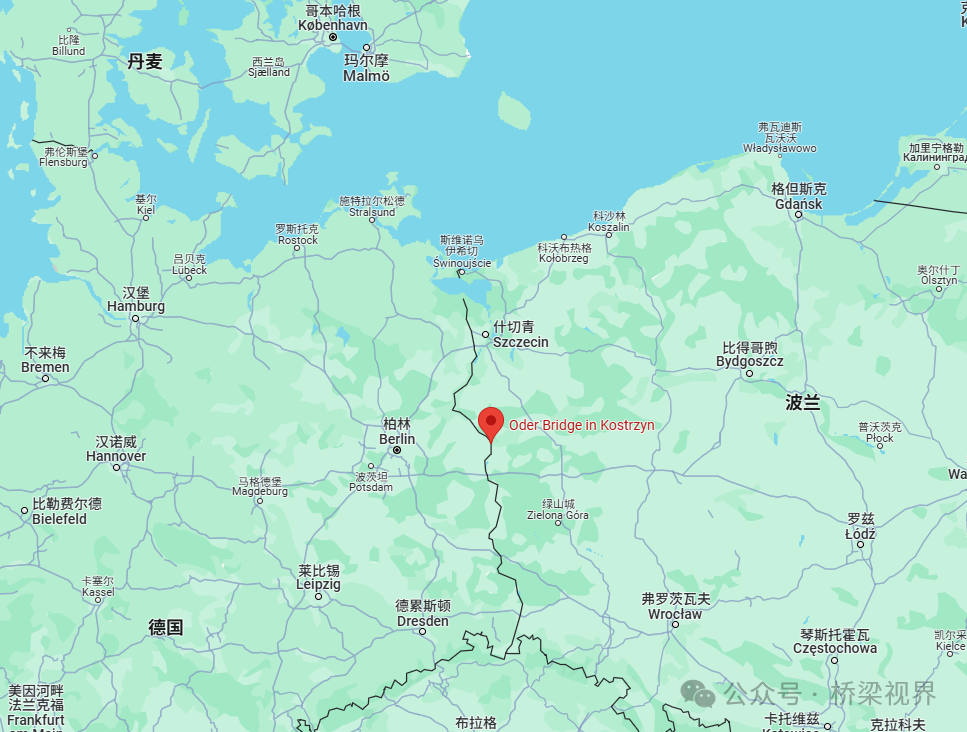
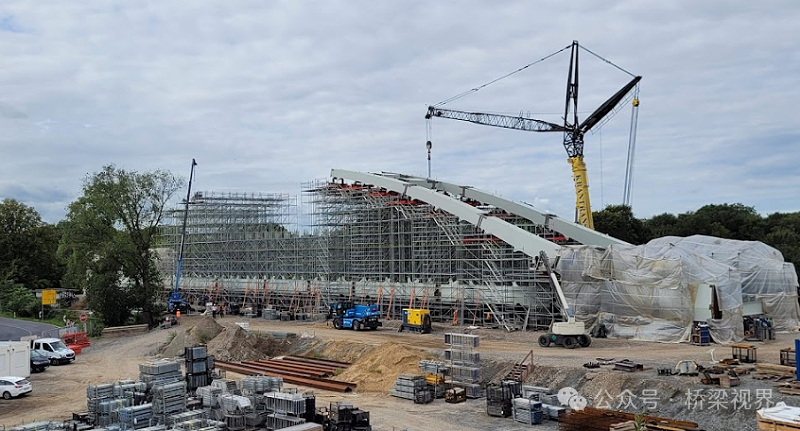
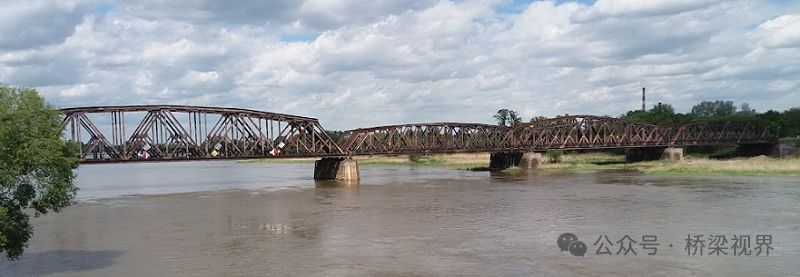
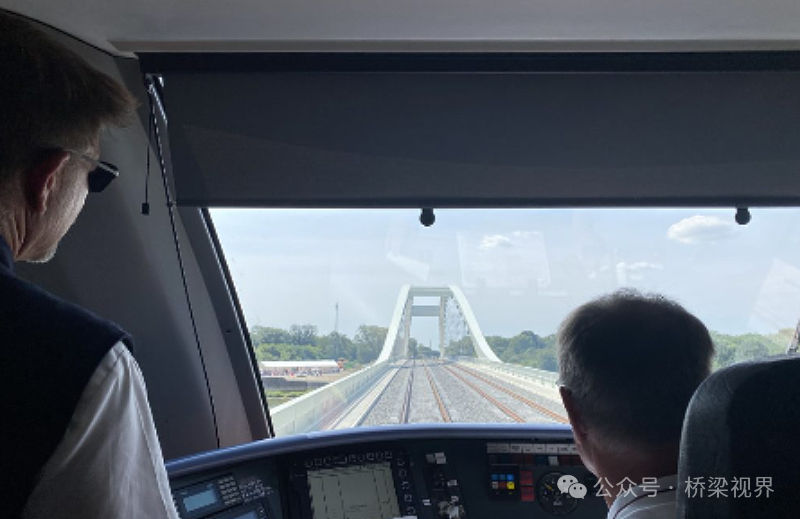
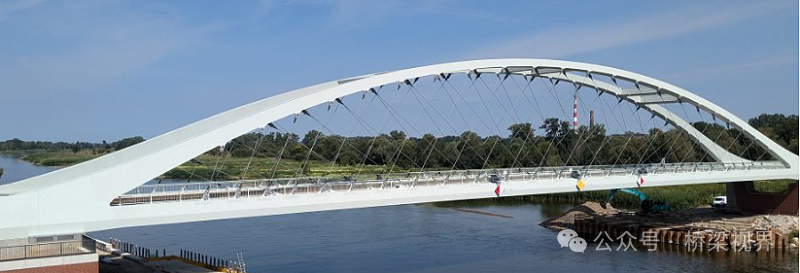
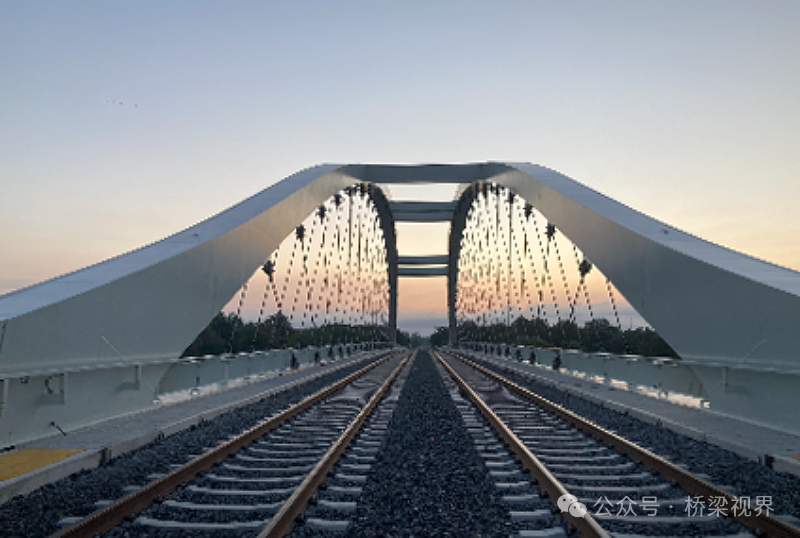
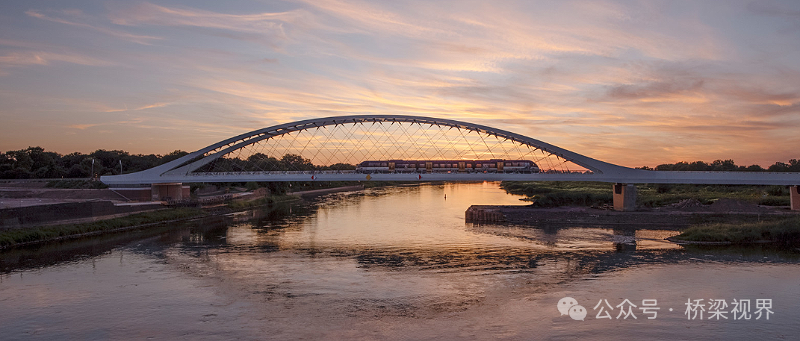
On August 1st, a train made its inaugural crossing over a carbon fiber network-suspended heavy-rail arch bridge spanning the Oder River at the Berlin-Poland border, marking a significant milestone in bridge engineering history.
This new Oder River railway bridge has a total length of 266 meters, with a main span of 130 meters. The deck width is 13 meters, and the arch rises to a height of 16 meters. Renowned structural engineering design consultancy Schlaich Bergermann Partner (SBP) provided an innovative hanger system solution. The hangers are arranged in a network configuration, utilizing lightweight carbon fiber material with a diameter of 50 millimeters. This significantly reduced the overall structural weight and decreased the use of steel and concrete, demonstrating a dual pursuit of material conservation and structural optimization.
The new bridge is designed for a maximum speed of 120 kilometers per hour, holding great significance for optimizing regional transportation networks and strengthening east-west connections across the Central European Plain. It is not only the world’s first but also the only railway bridge to date that uses high-performance new materials as its primary load-bearing components.
This is the second bridge designed by SBP to use carbon fiber materials in its superstructure. The first, located in Stuttgart, Germany, is a light rail bridge that won the German Engineering Award, highlighting SBP’s leading position in bridge engineering innovation.
